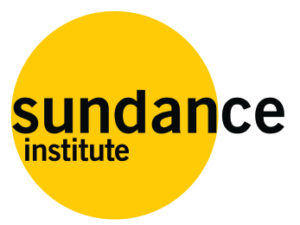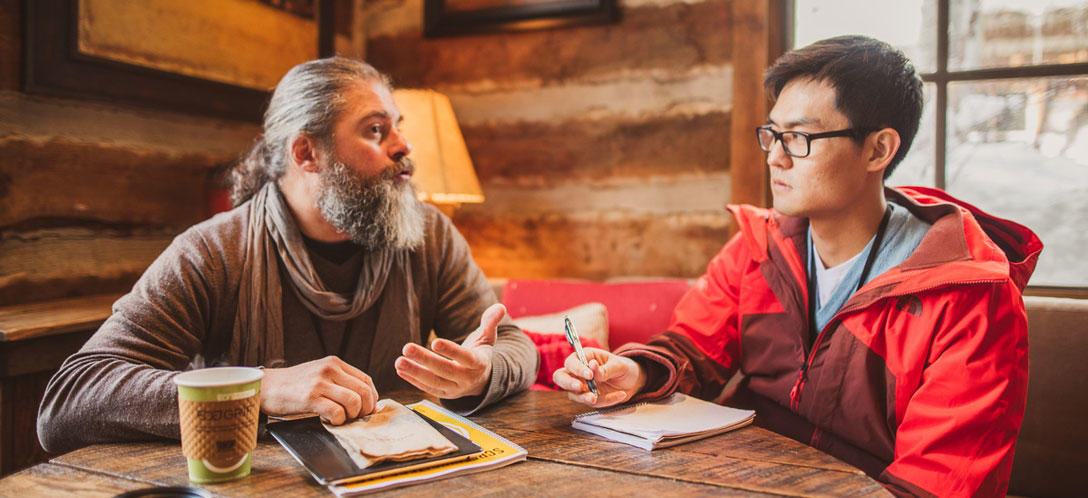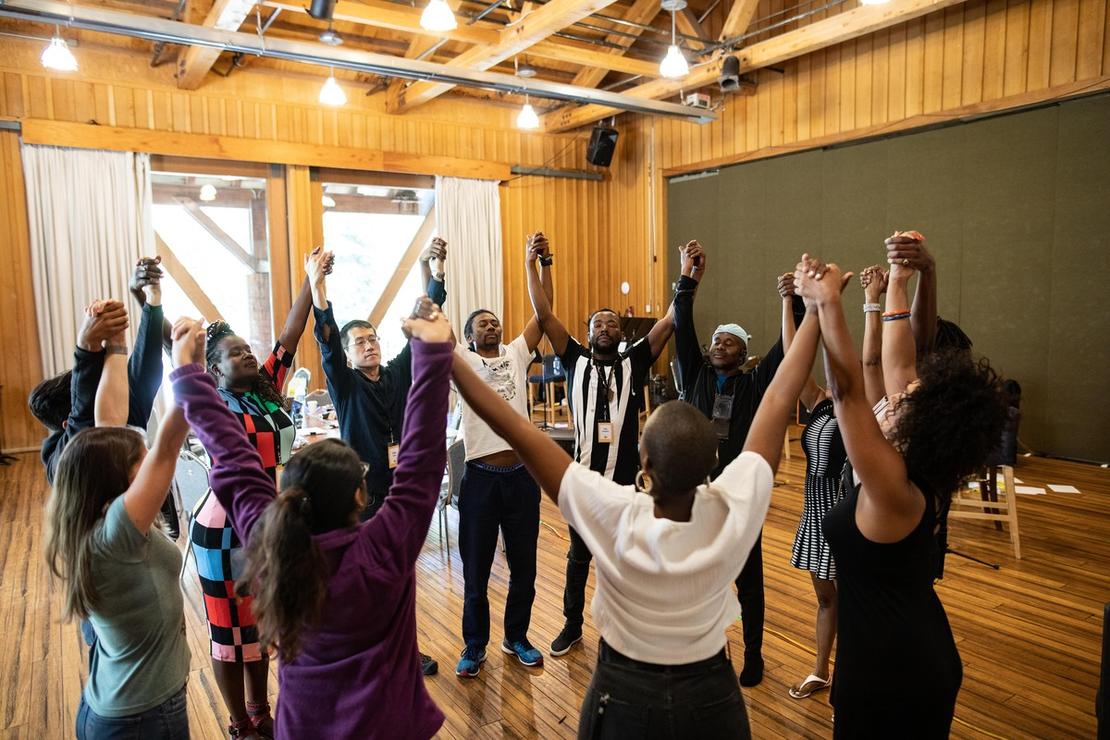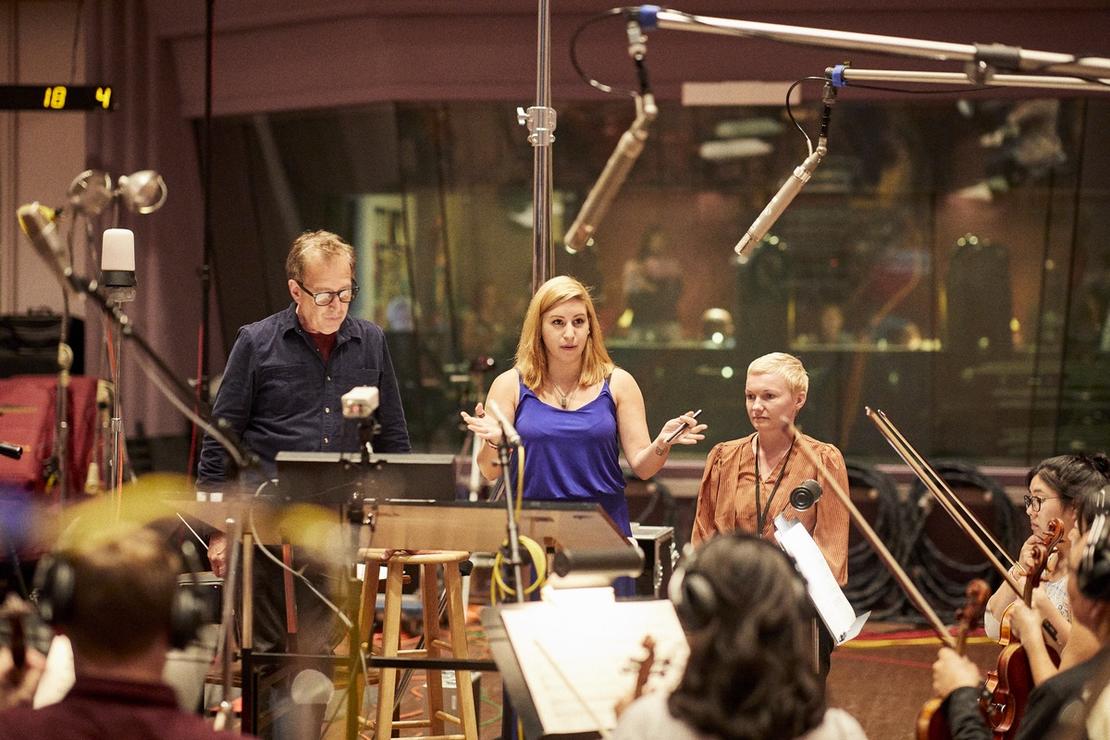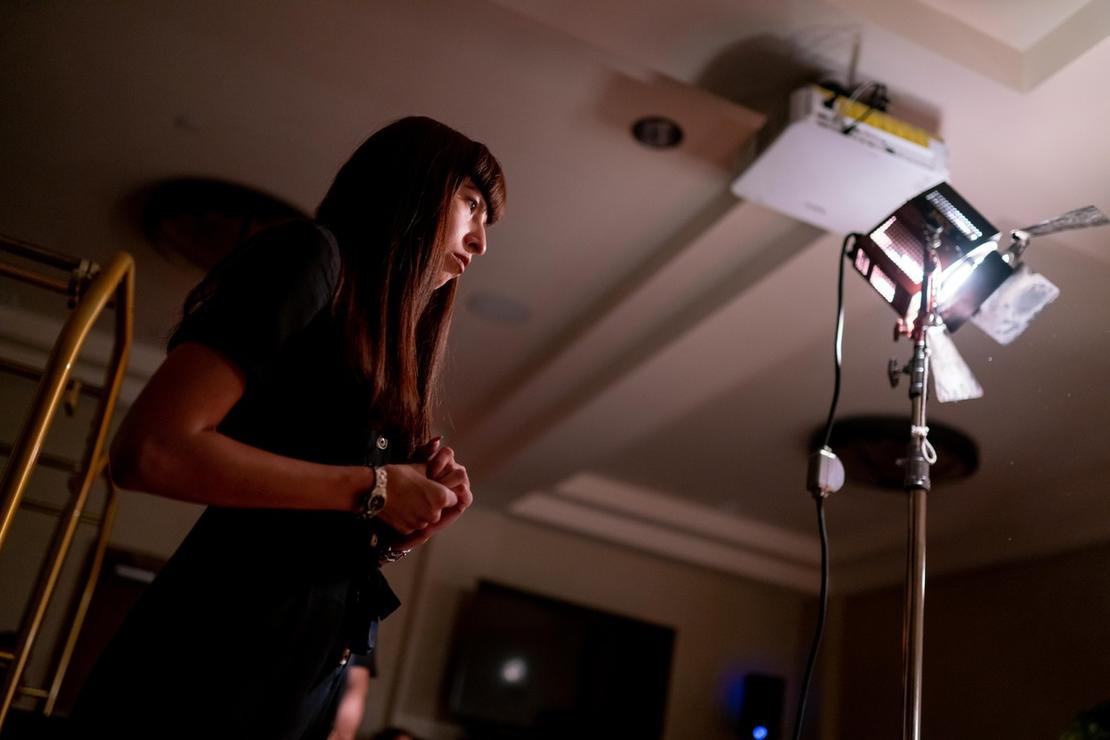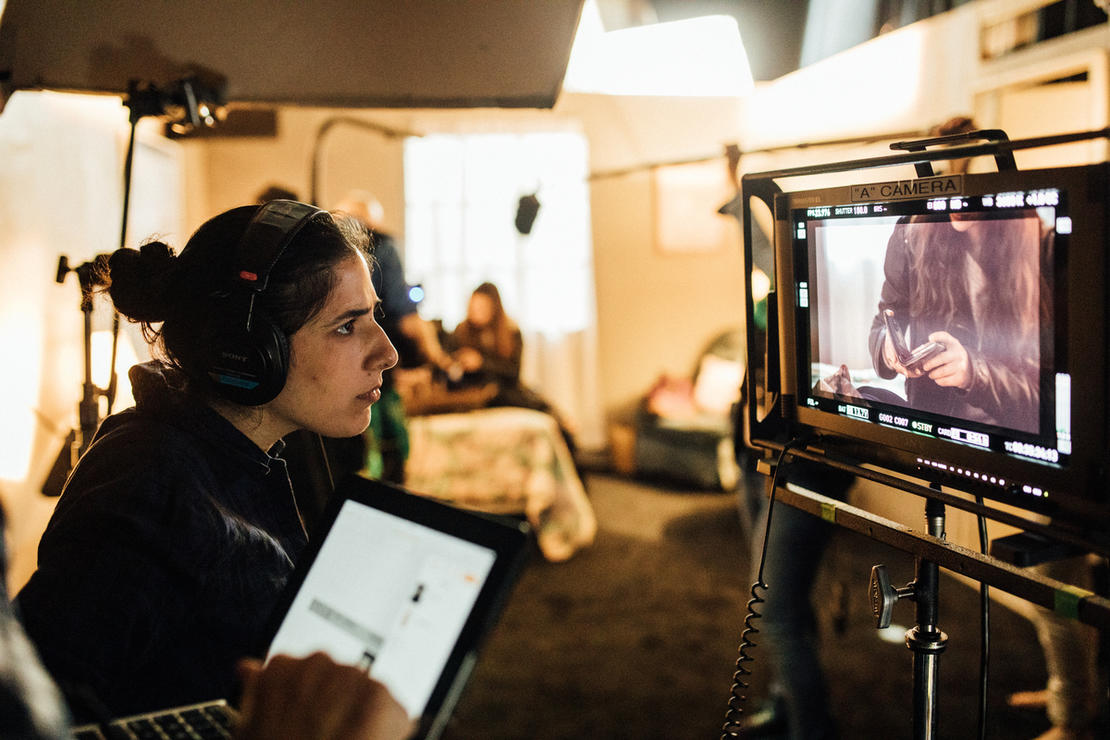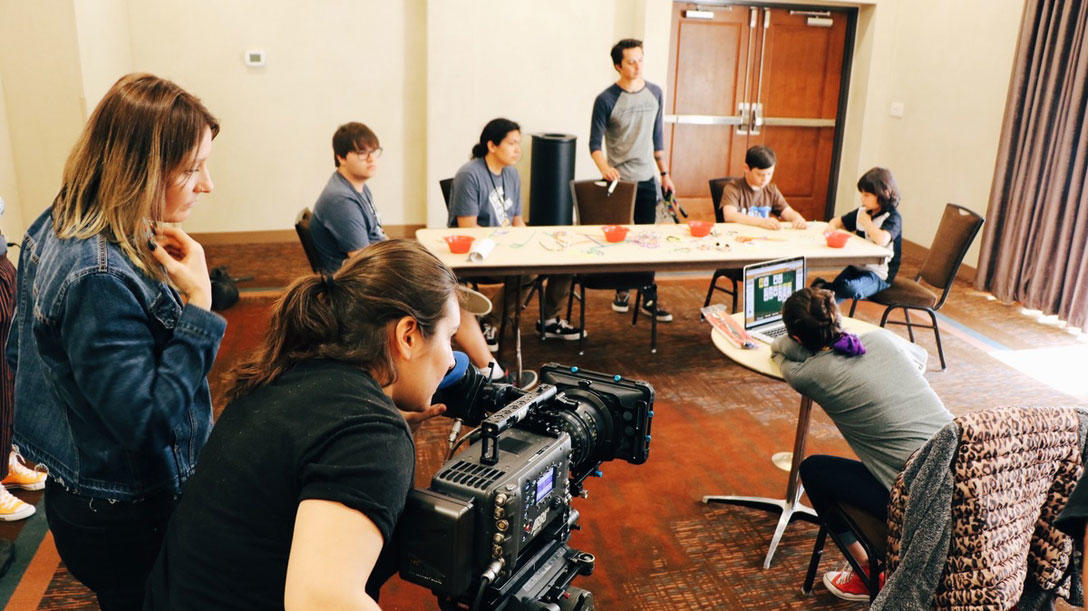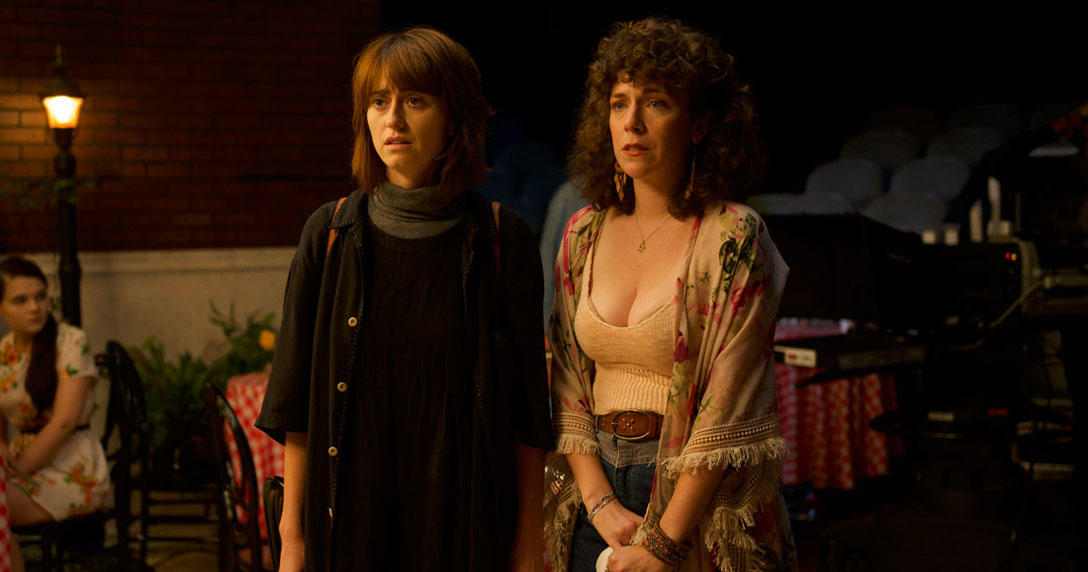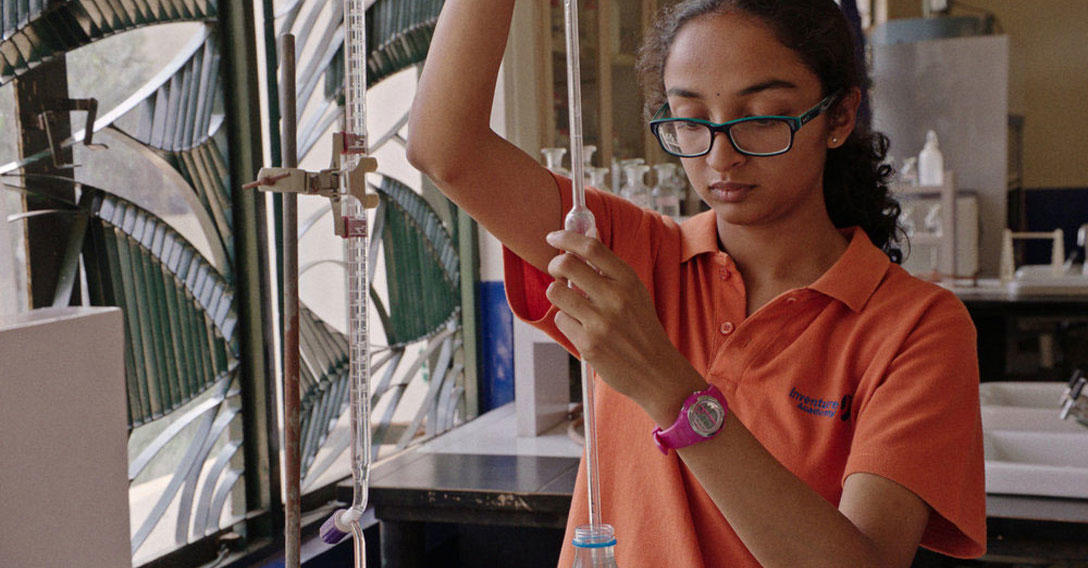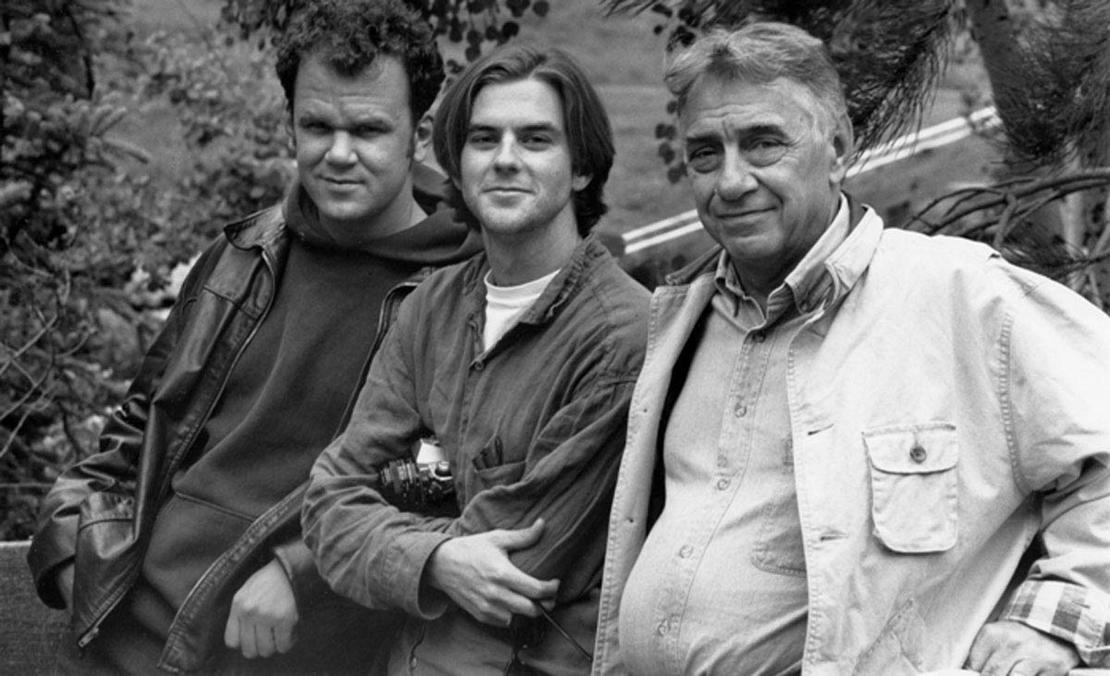
8 Filmmakers You Probably Didn’t Know Came through the Sundance Labs
Summer at Sundance Institute means one thing: lab season. Our labs are week-or-more-long intensive residency programs pairing budding artists with experienced mentors, all designed to help new voices hone their craft.
And the labs aren’t just on writing or directing (though we have those, too)—we have labs for everything from creative producing to composing music for film to working with VR and new media.
